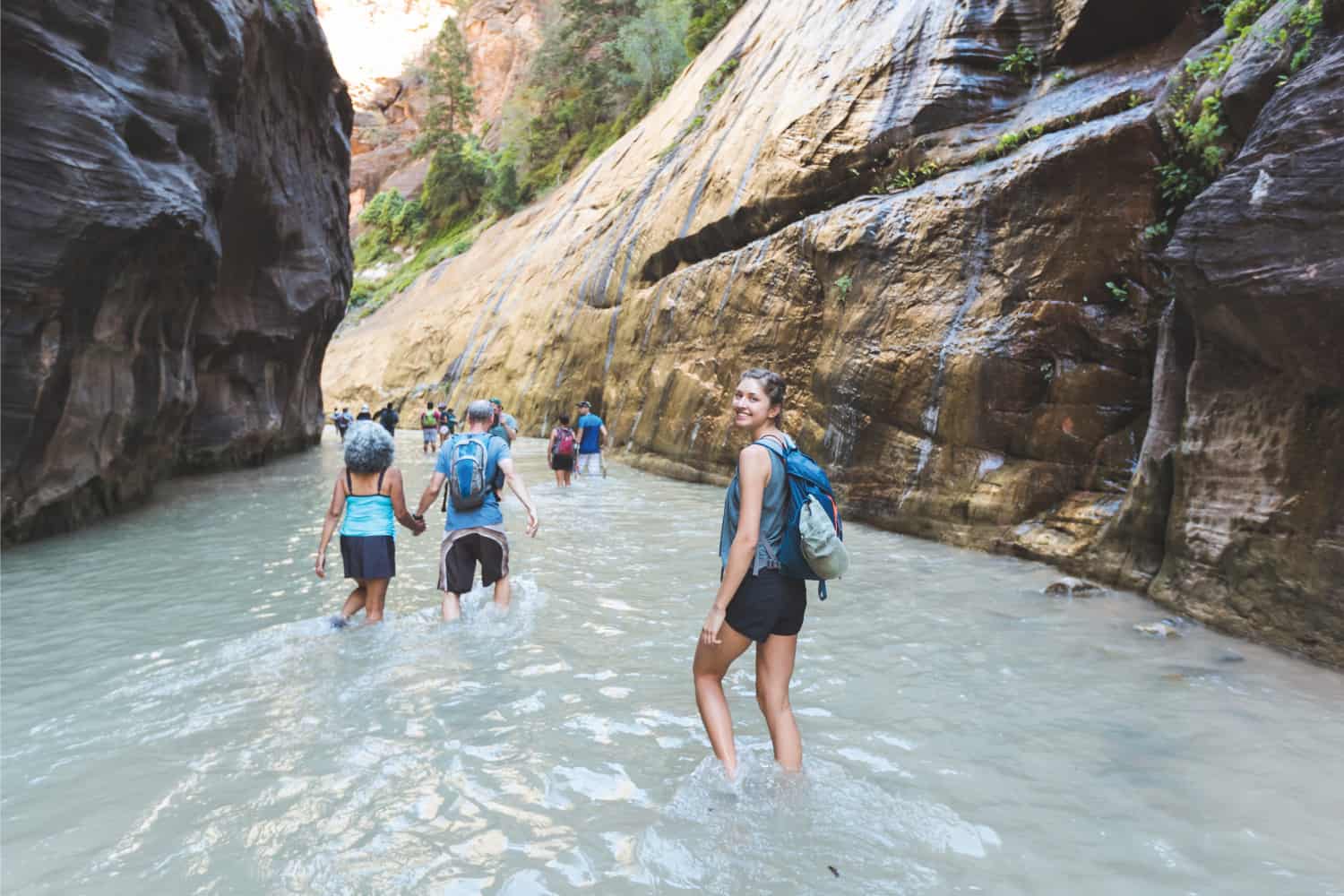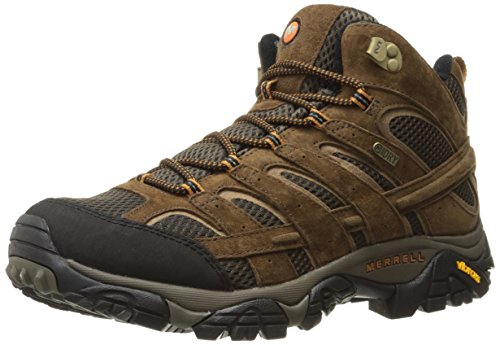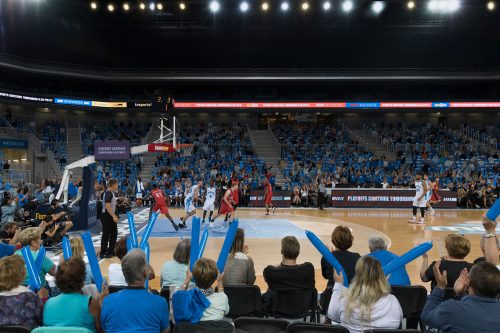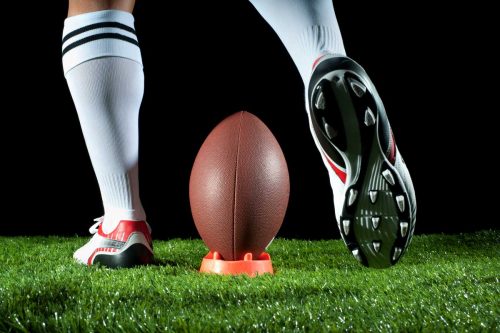Zion National Park is a popular outdoor nature preserve located in southwest Utah. The Narrows is a unique hiking experience located inside the park where hikers snake their way through a narrow gorge carved out by the North Fork Virgin River. It is truly a destination to behold! If you are looking for a challenge and want to hike this world sought and lauded route, you will need to be well prepared. What should you wear when hiking the Narrows in Zion National Park? We have done the research and have your answer.
When hiking the Narrows at Zion National Park, you will need to wear a combination of the following outerwear:
- Hiking Boots/River Footwear
- Neoprene Socks
- Quick-Dry Clothing
- Dry Gear
Now that we know what to wear, let's get more into the specifics of the gear. Keep reading for our guide on the gear and equipment needed for hiking the Narrows.

Gear To Wear Hiking The Narrows At Zion National Park
Not everyone hikes the full length of The Narrows. Many people just go in for a short section and back, without using any special gear. However, if you plan on a longer hike, gearing up is a good idea.

Don't worry if you're there and didn't bring the gear with you. There are outfitters in nearby Springdale that rent out, all the way down to canyoneering boots.
Hiking Boots/River Footwear
Your shoes should be closed-toed with water safe treads/grip and higher ankle supports. Considering that a predominant portion of the hike will be in shin-deep to waist-deep water, effective drainage and quick-drying materials should be a priority in your selection to maximize out of water comfort. With these considerations in mind, the Merrell Moab 2 Mid is a great selection for outer footwear. The Moab 2 Mid is a new and updated version of the original and popular Moab classic boot.
Merrell Moab 2 Mid
For more products like this, visit Amazon.
Neoprene Socks
To further improve your comfort, wearing Neoprene socks comes highly recommended. These socks will help keep your feet warm, which is tremendously valuable given your feet will be submerged for long periods on end. Neoprene socks also tremendously effective in preventing blistering in your boots.
IREENUO Socks
For more products like this, visit Amazon.
Quick Dry Clothing
Wearing layers while hiking and quick-dry materials will markedly improve the experience. Layering helps to stay dry and control your temperature throughout the hike. If at all possible, avoid any cotton-based clothing since they quickly saturate. Cotton cannot purge the water quickly enough, and hiking in wet clothing could leave you more susceptible to hypothermia.
Synthetic materials like polyester and spandex have been engineered into athletic wear with moisture-wicking capability, which has become an easy first-choice selection for hiking clothing. Most athletic and outdoor brands have variations of moisture-wicking clothing, so you have a wide selection available to you.
Dry Gear
There are three tiers of dry gear we are going to overview. The recommended level of dry gear is largely based on the season and the weather when your hike is planned. Dry pants and dry bibs are both typically recommended in the early spring and throughout the fall due to the lower water levels and even lower water temperatures. The pants will provide slightly less protection and coverage than the dry bib, which covers the torso. The amount of coverage you want will ultimately be your decision.
Viking Journeyman Waterproof Bib
For more products like this, visit Amazon.
The full version of the dry suit is designed and really reserved for deeper and colder water immersion. In reality, dry suits will only need to be considered if you are planning hiking the Narrows during the winter.
You should, however, not feel obligated to buy any equipment if it's cost-prohibitive to you. To enable you or simplify the preparation, you can rent gear packages from local outfitters year-round. With the outerwear question eliminated, we can move onto our recommended additional equipment selections.

What Items Do You Need To Hike The Narrows?
While the gear you plan to wear is an important part of your hiking preparation, the equipment you'll bring is an equally important consideration. We've listed the most important below:
- Backpack/Dry Bag
- First Aid Supplies
- Food
- Trail Walking Stick or hiking poles
Backpack/Dry Bag
A versatile, lightweight backpack that has sufficient space for your equipment is ideal. Many backpacking backpacks feature hydration and storage combined. A dry bag is an absolute must to protect your valuables (phone, wallet, permits). The EarthPak is as good as any dry bag out there and can be bought in a few sizes according to needs. You can store a small dry bag in your pack or use a dry bag as your entire backpack.
EarthPak Waterproof Dry Bag
For more products like this, visit Amazon.
Water/Water Filter
You should aim to bring no less than three liters of water for your hike. Having a little extra is never a bad idea if you can comfortably carry it. Instead of carrying a bulky flask, many choose to use water packs. Among other brands, CamelBak creates high quality, high volume water packs that don't impede your ability to hike. It allows you to remain hands-free, and having both your hands available is helpful on uneven ground.
High Sierra Hydration Pack
For more products like this, visit Amazon.
Some hikers bring along portable water filters to purify on the go and limit the weight of water you will be carrying on your body. Hydration packs have plenty of extra space and storage for other gear if necessary -or can be incorporated into your backpack.
First Aid Supplies
Be prepared in the unfortunate event of an accident. Knicks and dings can happen rather quickly along the Narrows terrain, so having some medical supplies is advised. Aspirin and bandages can treat minor issues along the way. Sunscreen should be included in your first aid supplies, but if not, be sure to bring along extra since there are sections where you will be unprotected for sizable areas.
Compact 100-piece First Aid Kit
For more products like this, visit Amazon.
Food
Any food brought should be rich in carbs, protein, and electrolytes. Simple things like energy bars can be packed in greater quantities and do not require a considerable amount of space in your backpack.
Trail Walking Stick or hiking poles
It comes highly recommended and often included in hiking gear rental packages. Since a lot of the trekking you are doing will take place in the water, a heavy walking stick helps navigate and distribute your weight while hiking in an opposing current. Some hikers say that a hiking pole is not recommended as many are lightweight aluminum and more of a hindrance in an aquatic hiking setting. A lot depends on your own hiking style and what you're accommodated to.
What Is The Best Time Of Year To Hike The Narrows?
Truthfully, there is no best time of year to hike the Narrows. Each season will provide you with an entirely different and unique experience. The most popular time of year to hike the Narrows is in the late spring into summer. This is primarily because the water and surrounding air temperature are significantly warmer. It is important to point out that this is also the most volatile season where flashfloods happen with a much greater frequency.
Spring
The Narrows is usually not open to hikers from mid-March to May due to changing weather. Snowmelt and spring shower runoff make for challenging terrain through the North Fork Virgin River. Dangerous river conditions with 150CFS flow-rates limit the National Park Services from issuing hiking permits because of the flash flood risks.
Summer
Warm weather, warm water, and extra hours of daylight make this the most popular time of year for the park. With an influx of visitors and hikers, there is significantly more crowding on trails and at junctures along the Narrows. Because of the traffic that Zion National Park receives, the ability to get permits becomes more difficult. Planning to hike during this time will require you to be proactive in getting your permits in place a few months prior.
Fall
In the early fall, seasonal color changes and slightly cooler temperatures will have seen the largest groups migrate out of the park. Into the fall, you will begin to notice the temperatures dropping much earlie, and you will also lose more and more hours of daylight.
Winter
Winter hiking fans can hike from the bottom-up the river. The weather is cold so you'll certainly need to dress for the occasion. There is plenty of availability, but snow could cause possible closures that could impact your trip. You will also be operating with significantly fewer daylight hours, so extra planning will go a long way.
For real-time information and updates regarding Zion National Park and seasonal weather advisories, always refer to the Zion National Park webpage.
How Deep Is The Water In The Narrows Zion?
Most sections of the river will have you consistently either shin-deep to waist-deep in the North Fork Virgin River, so that is roughly two to three feet deep. The National Park Service monitors flowrates in realtime for the greatest accuracy in forecasting. CFS (cubic feet per second) is used to track the river's current speed. Readings of under 70 CFS mean that the level of difficulty for your hike will be moderate. Above 70 CFS and the difficulty will be challenging, and readings 150 CFS or higher require the Park to bar access to hikers.
How Long Does It Take To Hike The Narrows?
The time it will take to complete the Narrows hike will largely depend on the route that you select to take and the level/ability of the group in which you are hiking. Between eight hours and 24 hours could be spent hiking, depending on the route you have chosen. There are two routes available with three different hiking options, and they are as follows:
- Bottom-Up (day hike)
- Top-Down (day hike)
- Top-Down (overnight)
Bottom-Up (Riverside Walk)
This route is 9.4 miles and takes anywhere between one to eight hours for hikers to complete at a moderate to a quick pace. This specific route does not require you to have a have permit.
Top-Down (Chamberlains Ranch)
This route is 16 miles and takes between 10 to 14 hours for hikers to complete at a moderate and quick pace. This route does require a permit and can be separated into either a day trip or two days with overnight as part of the experience.
In Closing
With this information, you should be well versed and ready to take on the challenge of the Narrows in Zion. Go forth and go freely!
For more tips and recommendations on hiking routes, sports, and wellness, visit Fitseer:









![Read more about the article How To Clean A Bowling Ball At Home [Inc. With Dish Soap]](https://fitseer.com/wp-content/uploads/2022/04/pair-of-hands-holding-a-bowling-ball-and-polishing-pad-500x333.jpg)


![Read more about the article Bowling Ball Thumb Hole Too Small [How To Make It Bigger]](https://fitseer.com/wp-content/uploads/2022/05/Mans-hand-holding-a-red-bowling-ball-ready-to-throw-it-500x333.jpg)